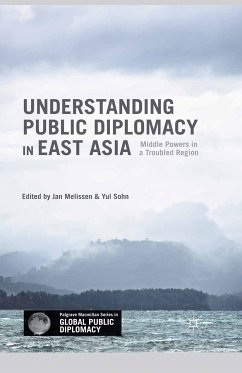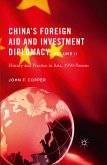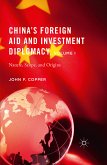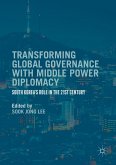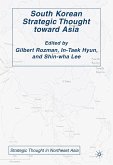Set against the backdrop of tensions in East Asia, this book analyzes how East Asia's "new middle powers" and emerging powers employ public diplomacy as a key element of their foreign policy strategy and in so doing influence regional power dynamics. The volume brings together contributions from an international and influential group of scholars, who are leading debates on public diplomacy within East Asia. Where the study of public diplomacy has so far focused primarily on the West, the essays in this book highlight the distinct strategies of East Asian powers and demonstrate that understanding public diplomacy requires studying its strategies and practices outside as much as within the Western world. A focus on public diplomacy likewise gives us a more varied picture of state-to-state relations in East Asia.
Dieser Download kann aus rechtlichen Gründen nur mit Rechnungsadresse in A, B, BG, CY, CZ, D, DK, EW, E, FIN, F, GR, HR, H, IRL, I, LT, L, LR, M, NL, PL, P, R, S, SLO, SK ausgeliefert werden.

